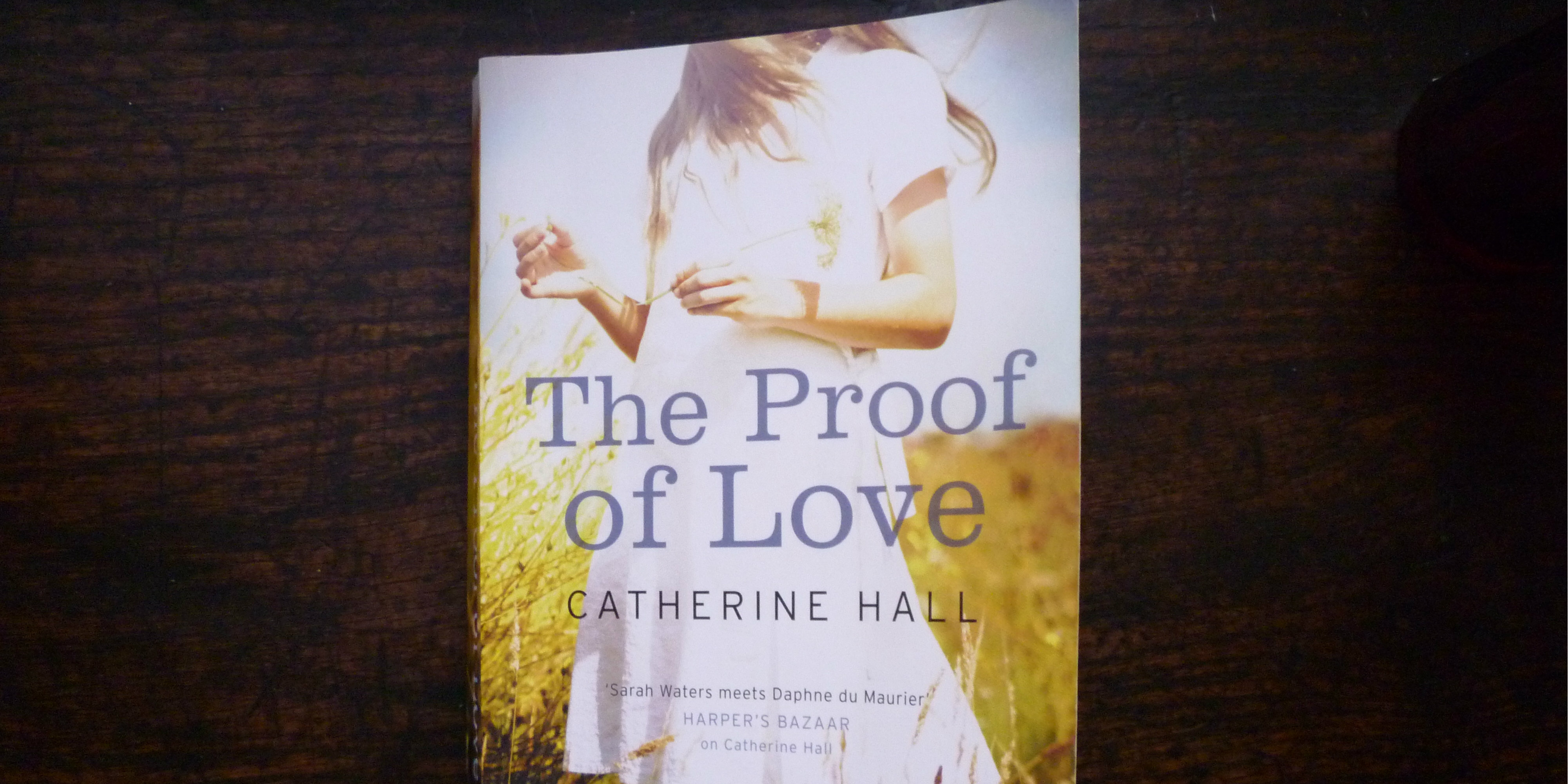Blogs
Loving “The Proof of Love”

Loving “The Proof of Love”
Book Review “The Proof of Love” by Catherine Hall
I bought this book in Grasmere, in the Gift Shop attached to the Wordsworth museum. I had never heard of the author, but I was attracted by the blurb on the back and the first few lines drew me in.
This book is an exploration of love. Told mainly from the perspective of Spencer Little, a young man we know very little about, it examines the difference between infatuation and desire and true lasting love, the kind that inspires loyalty and trust.
As the book progresses we learn more about Spencer and he learns more about himself. His “secret” is carefully, cleverly revealed. We guess it before we’re told it, but we still have to wait to be absolutely sure. It makes compelling reading.
The atmosphere is spellbinding, the descriptions lyrical, especially if you love the Lake District as much as I do:
“Spencer looked up at the mountains, their contours softened by a blanket of lush green bracken, A sudden breeze sent ripples across it as if it were water. Birds, startled, rose into the air, clumsy at first, then settling to hover on the current. In the fields the grass was high, dotted with spots of colour: yellow ragwort and buttercups, burdocks and clover, red and white. The air was thick with the heady scent of the meadowsweet that grew close to the river, butterflies dancing over lace-like flowers.”
At the start I was uncertain what time period it was set in. The reference to hob nailed boots made me think it was the fifties, then suddenly there was talk of a “deep freeze” that made me think it was more recent, then almost a third of the way through I find it’s 1976! I Although there is reference to the fact that people in remote villages in the Lake District lived as though they were in the 1950’s and I noticed in the Acknowledgements that the author used her mother’s descriptions of life in the Lakes in the 1970’s I found it hard to believe that washing would still be done using an old-fashioned mangle. If Mary had a “deep freeze” she surely would have had an electric washing machine, even if it was a twin tub.
Equally I am also absolutely certain that hippies were not travelling around in camper vans and tents in 1976. The hippy era and Flower Power were the 1960’s, not the 1970’s.
I also had difficulty believing that a casual labourer, a student, would be set to work on dry stone walling, which is a highly skilled job, or that he would ever be allowed to trim a ram’s horns, risking the health and life of a valuable animal.
Other criticisms would be the unlikelihood of a man in a drunken rage allowing himself to be meekly led home by his wife in front of a crowd of onlookers.
But these are minor defects. The writing style never falters. Here is a description of drinking Pimm’s:
The unmistakeable taste of it, spicy warmth cut through with cool gin took him back to Cambridge gardens, tables swathed in white, neat rows of glasses, strawberries bleeding into cut glass bowls.”
The initial tension wanes slightly half-way through but picks up again towards the end, so much so that I could scarcely put it down and stayed up late at night to finish it.
This is the sort of book that stays with you long after you put it down. If you love the Lake District, love a book that leads you on, with descriptions that will linger in your mind, then this is the book for you.
Bethany Askew is the author of eight novels: The Time Before, The World Within, Out of Step, Counting the Days, Poppy's Seed, Three Extraordinary Years The Two Saras and I Know You, Don't I? She has also written a short story, The Night of the Storm, and she writes poetry. Two more women’s fiction books have been accepted for publication in 2020 and 2021 respectively and she is currently working on a new novel. In her spare time she enjoys reading, music, theatre, walking, Pilates, dancing and voluntary work. Bethany is married and lives in Somerset.
Comment for Loving “The Proof of Love”
Recent Comments
- Bethany Askew on About the Author
- Louise Tyrrell on About the Author
- Bethany Askew on About the Author
- Yola Munro on About the Author
- Andrea crosland on About the Author
-
Latest Posts
Meta
Bethany Askew
Bethany Askew is the author of eight novels:
The Time Before, The World Within, Out of Step, Counting the Days, Poppy’s Seed, Three Extraordinary Years,The Two Saras and I know you, Don’t I?
She has also written a short story, The Night of the Storm, and she writes poetry.
Two more women’s fiction books have been accepted for publication in 2020 and 2021 respectively and she is currently working on a new novel.
In her spare time she enjoys reading, music, theatre, walking, Pilates, dancing and voluntary work.
Bethany is married and lives in Somerset.
-
My Twitter Feed
-
Today from Bethany Askew Novelist : Book Review: The Woman in the White Kimono by Ana Johns https://t.co/2J6L2spX7t... 4 years ago
-
Copyright - Bethany Askew 2009 - 2016 Follow @AskewBethany

Thanks for the recommendation Bethany – I will definitely take a look.